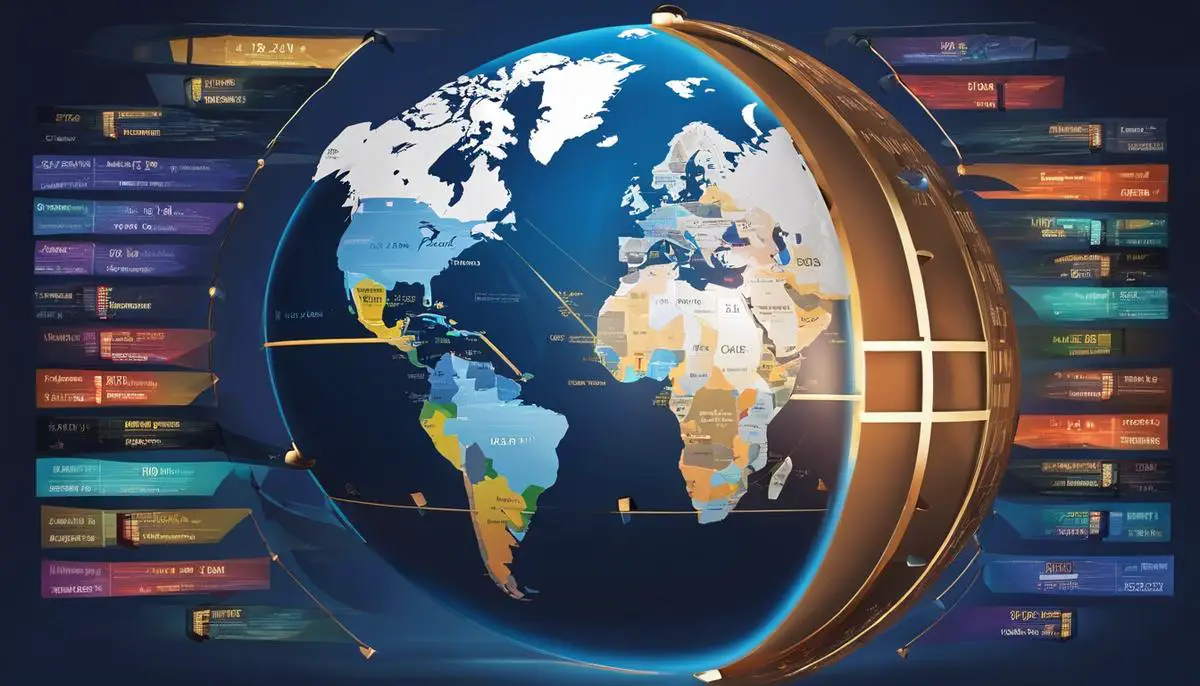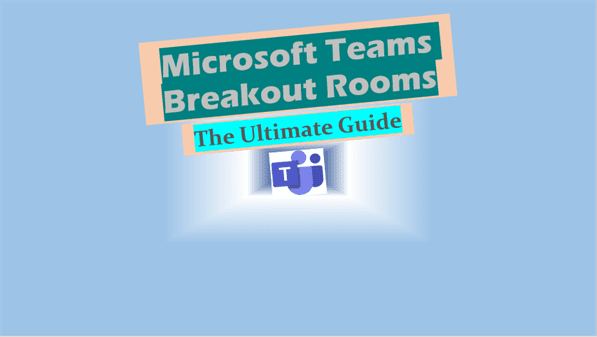Change TimeZone in MS Teams: The Ultimate Guide for Windows PC Users
Learn how to Change Timezone in MS Teams effortlessly. Our comprehensive guide helps you avoid scheduling conflicts and optimize global collaboration.
Introduction – Change TimeZone in MS Teams
In our increasingly globalized world, virtual collaboration has become the norm. Microsoft Teams stands at the forefront of this digital revolution, connecting professionals across continents and time zones. However, to ensure seamless communication and avoid scheduling mishaps, it’s crucial to master the art of managing time zones within Teams. This comprehensive guide will walk you through everything you need to know about changing and managing time zones in Microsoft Teams on your Windows PC.
Understanding Time Zones in Microsoft Teams
Before we dive into the nitty-gritty of changing time zones, let’s explore how Microsoft Teams handles this critical aspect of global collaboration.

How Teams Interprets Time Zone Information
Microsoft Teams is designed with global collaboration in mind. It uses your device’s system settings as a starting point for determining your time zone. This means that when you first install Teams or sign in on a new device, it will automatically detect and use the time zone set on your Windows PC.
However, Teams doesn’t stop there. It also offers the flexibility to manually adjust your time zone settings within the application. This feature is particularly useful for:
- Remote workers who frequently travel between time zones
- Professionals managing teams across multiple regions
- Anyone who needs to schedule meetings with international colleagues or clients
The Importance of Correct Time Zone Settings
Having accurate time zone settings in Teams is more than just a matter of convenience. It’s essential for:
- Avoiding scheduling conflicts: Ensure that meeting times are displayed correctly for all participants, regardless of their location.
- Respecting colleagues’ working hours: Proper time zone settings help you schedule meetings at appropriate times for all attendees.
- Maintaining professional etiquette: Incorrect time zones can lead to missed meetings or untimely communications, which can be perceived as unprofessional.
- Optimizing productivity: Accurate scheduling allows for better time management and more efficient collaboration.
Setting Your Time Zone in Microsoft Teams: A Step-by-Step Guide
Now that we understand the importance of correct time zone settings, let’s walk through the process of setting or changing your time zone in Microsoft Teams.
Method 1: Automatic Time Zone Detection
By default, Microsoft Teams will attempt to automatically detect your time zone based on your device settings. Here’s how to ensure your Windows PC is set to the correct time zone:
- Right-click on the date and time in the taskbar
- Select “Adjust date/time”
- Ensure “Set time zone automatically” is turned on
- If you prefer to set it manually, turn this option off and select your time zone from the dropdown menu
Once your Windows time zone is set correctly, restart Microsoft Teams to ensure it picks up the new settings.
Method 2: Manually Changing Time Zone in MS Teams
If you need to set a different time zone in Teams than what’s set on your device, follow these steps:
- Open Microsoft Teams
- Click on your profile picture in the top-right corner
- Select “Settings” from the dropdown menu
- In the Settings panel, click on “General”
- Scroll down to the “Language and region” section
- Click on the “Time zone” dropdown menu
- Select your desired time zone from the list
- Close the Settings panel (changes are saved automatically)
Pro Tip: If you’re frequently switching between time zones, consider creating multiple accounts or profiles in Teams, each set to a different time zone. This can be especially useful for consultants or frequent travelers.

Verifying Time Zone Settings for Meetings
Once you’ve set your time zone, it’s important to verify that it’s being applied correctly to your meetings. Here’s how:
- Navigate to the Calendar tab in Teams
- Click on any scheduled meeting
- Check the time displayed for the meeting
- Verify that the time zone abbreviation (e.g., EST, PST) matches your intended time zone
If you notice any discrepancies, double-check your settings and make adjustments as necessary.
Managing Time Zones for Team Collaboration
When working with a distributed team, it’s not just about setting your own time zone correctly. You also need to be mindful of your colleagues’ time zones. Here are some best practices:
- Use the World Clock feature: Teams has a built-in World Clock that allows you to add multiple time zones. This is invaluable for quick reference when scheduling meetings.
- Communicate clearly: When scheduling meetings, always specify the time zone you’re using (e.g., “3 PM EST” instead of just “3 PM”).
- Be flexible: Try to schedule meetings at times that are reasonable for all participants, even if it means occasionally working outside your normal hours.
- Use the Scheduling Assistant: This Teams feature helps you find suitable meeting times across different time zones.
Troubleshooting Common Time Zone Issues in Teams
Even with careful setup, you might encounter some time zone-related issues in Teams. Here are some common problems and their solutions:
- Meeting times appear incorrect:
- Double-check your Teams time zone settings
- Verify that your device’s system time is accurate
- Ensure daylight saving time settings are correct
- Inconsistent time zones across devices:
- Make sure you’ve set the time zone manually in Teams on each device
- Consider using cloud sync settings if available
- Recurring meetings showing wrong times:
- Edit the recurring meeting series and update the time zone
- If issues persist, consider deleting and recreating the meeting series
- Time zone not updating after travel:
- Manually update your time zone in Teams settings
- Restart the Teams application to ensure changes take effect
Advanced Time Zone Features in Teams
For power users and organizations dealing with complex international scheduling, Teams offers some advanced time zone features:
- Time Zone Override: In meeting options, you can set a specific time zone for individual meetings, overriding your default settings.
- Multiple Time Zone Display: When viewing your calendar, you can display multiple time zones simultaneously for easier planning.
- API Integration: For developers, Teams offers APIs that allow for programmatic management of time zones in custom applications.

Best Practices for Time Zone Management in Teams
To wrap up, here are some key best practices to ensure smooth time zone management in Microsoft Teams:
- Regular Audits: Periodically check your time zone settings, especially after system updates or travel.
- Team Training: Ensure all team members understand how to properly set and manage their time zones in Teams.
- Use Visual Cues: Consider using color coding or labels in your calendar to quickly identify meetings in different time zones.
- Respect Working Hours: Use the Teams “Set working hours” feature to communicate your availability across time zones.
- Leverage Teams Integrations: Explore third-party apps and integrations that can enhance time zone management in Teams.
Key Takeaways
- Microsoft Teams uses your device’s time zone by default but allows manual override.
- Correct time zone settings are crucial for effective global collaboration.
- You can change your time zone in Teams through the Settings > General > Language and region menu.
- Always verify meeting times and specify time zones when scheduling.
- Use built-in features like World Clock and Scheduling Assistant for easier time zone management.
- Regularly audit your time zone settings, especially after travel or system updates.
- Educate your team on proper time zone management in Teams for smoother collaboration.
Frequently Asked Questions
- Q: Does Microsoft Teams automatically adjust for daylight saving time? A: Yes, Teams will automatically adjust for daylight saving time based on your selected time zone, as long as your device’s system settings are correct.
- Q: Can I set different time zones for different meetings in Teams? A: Yes, you can override the default time zone for individual meetings in the meeting options.
- Q: How do I add multiple time zones to my Teams calendar? A: Go to Calendar > Settings > Calendar settings > Time zones and select “Show a secondary time zone” or “Show a tertiary time zone.”
- Q: Will changing my time zone in Teams affect my Outlook calendar? A: No, changing your time zone in Teams does not affect your Outlook settings. You’ll need to update Outlook separately.
- Q: Can I schedule a Teams meeting in a different time zone? A: Yes, when creating a meeting, you can select a different time zone from the dropdown menu next to the date and time fields.
- Q: How do I know what time zone a Teams meeting is scheduled in? A: The time zone for a meeting is typically displayed next to the meeting time in your calendar view.
- Q: What should I do if my Teams time zone is incorrect after traveling? A: Manually update your time zone in Teams settings and restart the application to ensure the changes take effect.
- Q: Can I set up automatic time zone changes in Teams based on my location? A: Teams itself doesn’t offer automatic time zone changes based on location, but it can follow your device’s system settings if those are set to update automatically.
- Q: How do I handle scheduling meetings with team members in multiple time zones? A: Use the Scheduling Assistant feature in Teams, which shows availability across different time zones, making it easier to find suitable meeting times for all participants.
- Q: Is there a way to see what time it is for my colleagues in different time zones directly in Teams? A: Yes, you can use the World Clock feature in Teams to add and view multiple time zones simultaneously.
By mastering time zone management in Microsoft Teams, you’ll be well-equipped to collaborate efficiently with colleagues and clients around the globe. Remember, effective communication and regular checks of your settings are key to avoiding time zone-related mishaps. Happy collaborating across time zones!
More Reading:






